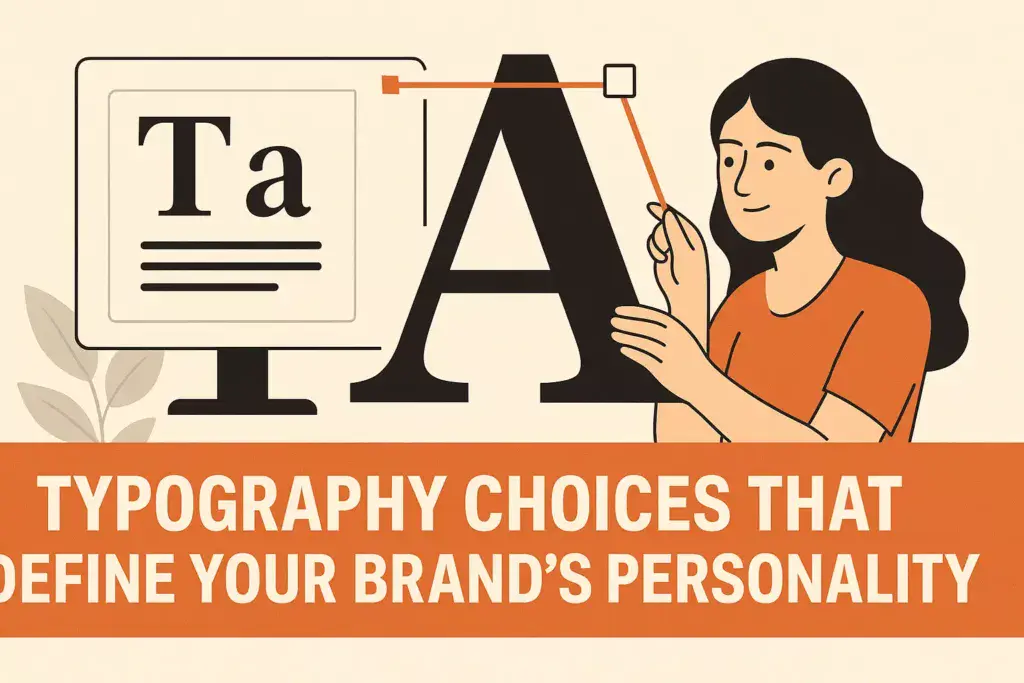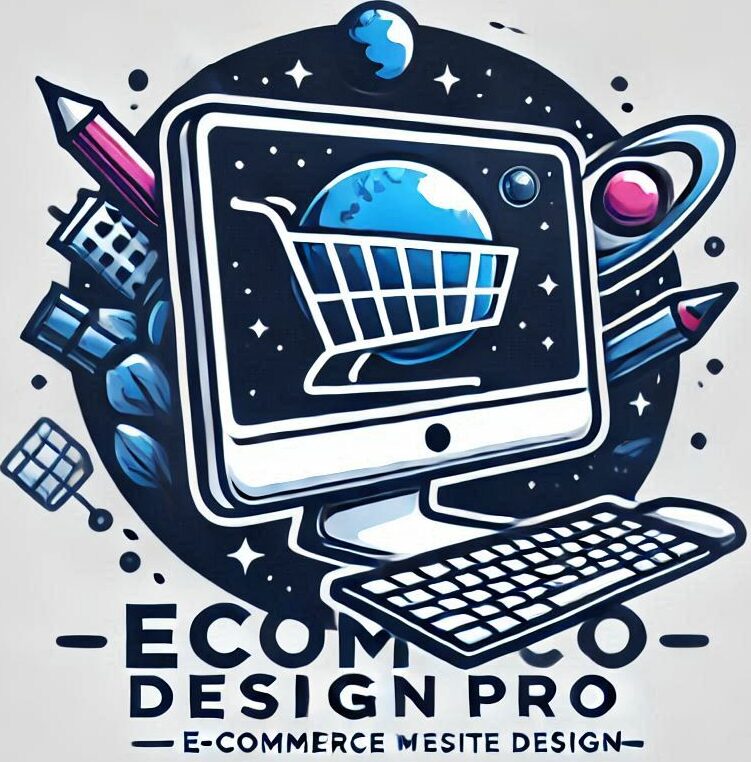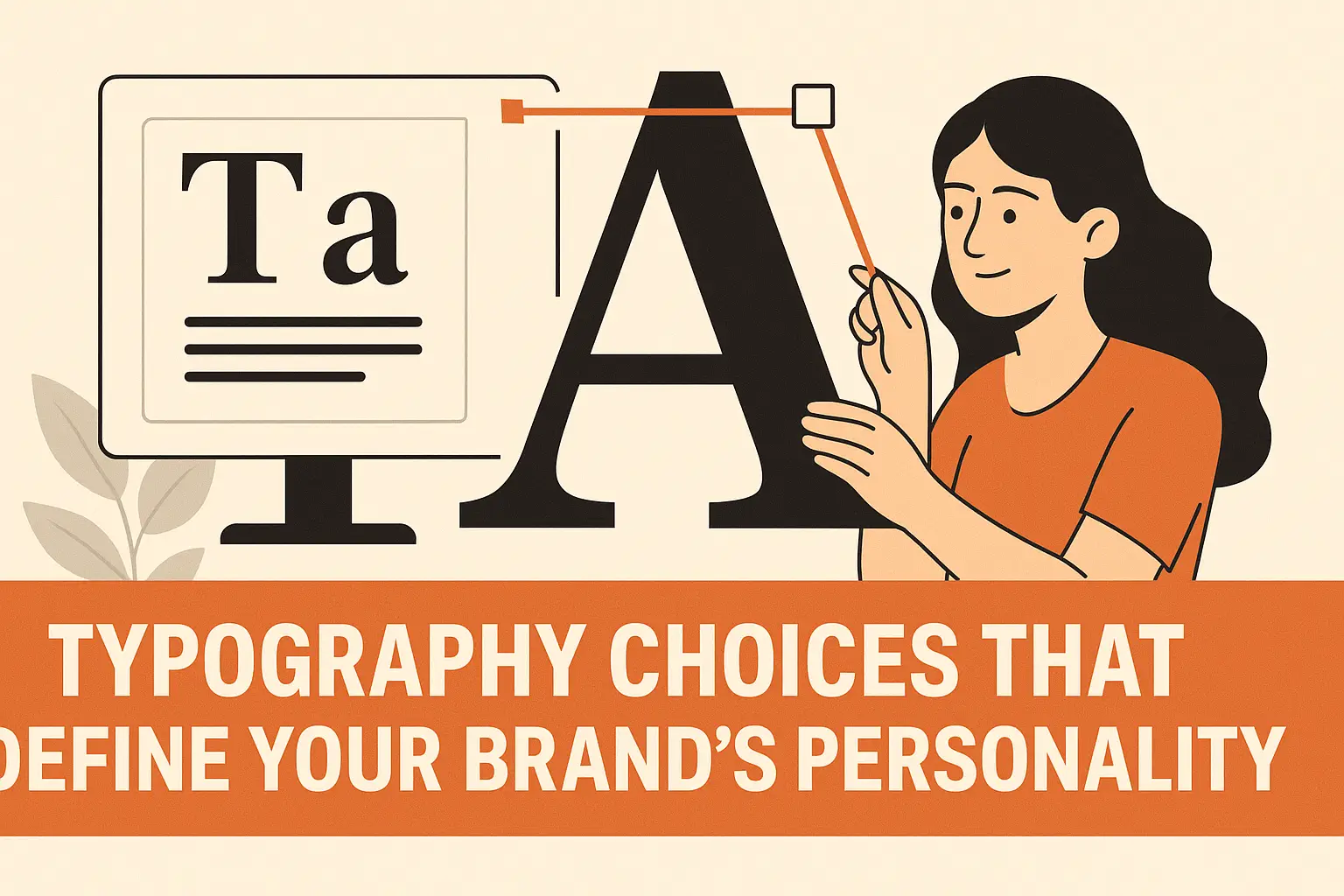
I. Introduction to Typography and Brand Personality
In the ever-evolving landscape of branding, typography emerges as a silent yet powerful force that shapes how a brand is perceived. Just as colors evoke specific feelings and imagery communicates messages, the choice of typefaces can profoundly influence the emotional response of an audience. Typography Choices is more than simply selecting a font; it encapsulates a brand’s personality, values, and tone, serving as a visual language that speaks directly to consumers.
Typography Choices are essential in branding, as they convey your message and values to your audience. Understanding Typography Choices helps you align your visual identity with your brand’s mission.
Evaluating your Typography Choices can lead to improved communication between your brand and its audience. Strong Typography Choices will reinforce your messaging.
When considering Typography Choices, it’s important to evaluate how each choice aligns with your brand’s core values and objectives. The impact of Typography Choices extends beyond aesthetics.
Effective Typography Choices can enhance brand recall, making it vital for businesses to prioritize how they select their typefaces. Making informed Typography Choices is key to successful branding.
Implementing thoughtful Typography Choices allows brands to resonate deeply with their audience. Ensure your Typography Choices reflect your brand’s personality.
From serif to sans-serif, each style presents unique opportunities for effective Typography Choices. Assessing your Typography Choices can lead to better audience engagement.
Visual communication relies heavily on Typography Choices, influencing how brands are perceived in their respective markets. Your Typography Choices must convey the right message.
Every brand has a unique identity, and typography plays a crucial role in conveying that identity. Whether it’s a luxury brand aiming for sophistication, a playful startup seeking to engage a youthful audience, or a tech company that wants to exude modernity and innovation, the typography chosen can either reinforce or undermine the brand’s message. The right typeface can create an immediate connection, inviting potential customers to explore further, while the wrong choice can lead to confusion or disinterest.
As we delve deeper into the world of typography, it is essential to understand the various styles available and the emotions they can evoke. By recognizing how different typefaces reflect specific characteristics, brands can make informed decisions that not only align with their values but also resonate with their target audience. This article will explore the nuances of typography and its critical role in establishing and enhancing brand personality, offering insights into how to select the right typeface that truly represents your brand.
As you refine your branding strategy, remember that your Typography Choices can create lasting impressions. By mastering Typography Choices, you can enhance your overall brand identity.
Understanding Typography Choices is essential for creating a cohesive brand identity that resonates with your audience.
The clarity of your Typography Choices will also affect customer trust and loyalty. Choosing the right type can solidify your brand’s message through Typography Choices.
In digital formats, Typography Choices become even more crucial. They significantly shape user experience and perceptions of your brand’s professionalism.
II. Understanding Different Typography Styles
Integrating unique Typography Choices into your design can help differentiate your brand from competitors. Each decision regarding Typography Choices can impact audience interaction.
Display typography, as part of your Typography Choices, can evoke strong emotional responses. The effectiveness of your Typography Choices often depends on context.
Typography is a cornerstone of visual communication, and understanding the various styles available can greatly enhance how your brand is perceived. Each typography style has its unique characteristics, connotations, and applications, allowing brands to craft their identity through thoughtful font selection. In this section, we will explore three primary typography styles: Serif, Sans-Serif, and Display/Decorative typography.
A. Serif Typography
Serif typography is characterized by the small lines or decorative strokes that extend from the ends of the letters. This style is often associated with tradition, reliability, and formality. Fonts like Times New Roman and Garamond exemplify serif typography, which is frequently used in print materials such as books, newspapers, and formal invitations.
The presence of serifs can create a sense of warmth and familiarity, making these fonts a popular choice for brands that want to convey trustworthiness and a classic aesthetic. For instance, financial institutions and law firms often lean towards serif fonts to project authority and stability. However, it’s essential to consider the context in which your brand operates; while serif typography can evoke a sense of tradition, it may not resonate with younger, more modern audiences who might prefer a cleaner, contemporary look.
B. Sans-Serif Typography
Sans-serif typography, on the other hand, is defined by the absence of serifs, resulting in a clean and modern appearance. Fonts like Helvetica and Arial fall into this category, making them favorites among tech companies and startups seeking an approachable and innovative image.
Sans-serif fonts are often seen as more legible and versatile, especially in digital formats where screen resolution can affect how text is perceived. This style conveys simplicity and clarity, making it an excellent choice for brands that prioritize modernity and functionality. When aiming to connect with a younger or more design-conscious demographic, sans-serif typography can effectively communicate a brand’s progressive and forward-thinking values.
C. Display and Decorative Typography
Display and decorative typography encompass a wide variety of fonts designed to attract attention and make a statement. These styles often feature unique shapes, intricate designs, or stylistic embellishments, making them suitable for headlines, logos, and marketing materials that require a bold visual impact. Examples include script fonts, hand-lettered styles, and whimsical designs.
While display typography can be eye-catching and memorable, it’s important to use it judiciously. Overuse of decorative fonts can lead to cluttered designs and diminish readability. Brands that employ display typography effectively often do so to create a distinct personality or evoke a specific mood. For instance, a boutique cafe might use a playful script font to convey a sense of warmth and creativity, while a luxury brand may opt for a sleek and sophisticated display type to reflect elegance and exclusivity.
Your typography strategy should always include thoughtful Typography Choices to maximize impact and connection with your audience.
In summary, understanding the nuances of different typography styles—serif, sans-serif, and display/decorative—enables brands to select fonts that align with their personality and values. Each style carries its emotional weight and associations, influencing how an audience perceives the brand. As we move forward, we will delve deeper into the emotional impact of typography and how these choices can forge connections with your audience.
Adopting a strategic approach to Typography Choices ensures that your communication remains strong across all platforms.
Pairing fonts effectively is another key element of good Typography Choices. This practice adds visual interest while maintaining readability.
When pairing typography, always consider how different Typography Choices can work together to strengthen your brand’s voice.
III. The Emotional Impact of Typography
Feedback on your Typography Choices can provide valuable insights that enhance your branding efforts.
Typography is not merely a means of conveying information; it is a powerful tool that can evoke emotions and shape perceptions. The fonts you choose for your brand can significantly influence how your audience feels about your message, product, or service. Understanding the emotional impact of typography is essential for any brand looking to create a lasting impression.
In summary, effective Typography Choices create a cohesive brand narrative that captivates your audience.
Thus, the careful selection of Typography Choices not only enhances aesthetics but also drives engagement.
Reflecting on your Typography Choices can lead to more effective brand positioning and visibility in the marketplace.
A. How Fonts Convey Emotion
Different fonts carry distinct connotations and can elicit specific feelings from viewers. For instance, a bold, heavy serif font may convey strength and reliability, making it an ideal choice for financial institutions or law firms. In contrast, a whimsical script font can evoke a sense of playfulness and creativity, suitable for brands in the arts or children’s products. The aesthetics of each typeface—its shape, weight, and style—play a crucial role in the emotional narrative of your brand. By selecting fonts that align with your brand’s values, you can effectively communicate your intended message before a single word is read.
According to The Psychology of Fonts, certain font styles are universally associated with traits like trust, elegance, or excitement, making the right choice vital to communicating your brand’s essence.
Your approach to Typography Choices will shape how your audience perceives and interacts with your brand, making it an essential aspect of your branding strategy.
B. The Importance of Readability
While emotional resonance is vital, it is equally important to prioritize readability in your typography choices. A font that is difficult to read can frustrate your audience and undermine your message, regardless of the emotion it seeks to convey. Factors such as font size, spacing, and contrast with the background can enhance or detract from readability. Ensuring that your typography is accessible and legible will help maintain engagement and ensure that your audience can easily digest your content. Remember, even the most beautifully crafted message can fall flat if it is hidden behind an unreadable typeface.
C. Creating a Connection with Your Audience
Typography is an essential element in building a connection with your audience. The right font can humanize your brand and foster a sense of trust and familiarity. When your typography aligns with the preferences and expectations of your target demographic, it creates a sense of belonging and relatability. For example, a modern and sleek sans-serif might appeal to a younger, tech-savvy audience, while a classic serif could resonate with an older, more traditional demographic. By understanding your audience’s preferences and the emotional cues associated with different typography styles, you can create a stronger bond with them, ultimately driving brand loyalty and engagement.
In conclusion, the emotional impact of typography is a multifaceted aspect of branding that should not be overlooked. By carefully considering how fonts convey emotion, ensuring readability, and fostering connections with your audience, you can leverage typography to enhance your brand identity and make a lasting impression.
IV. Best Practices for Choosing Typography
Selecting the right typography is crucial for establishing a strong brand identity. The fonts you choose can significantly influence how your audience perceives your brand. Below are some best practices to guide you in making effective typography choices.
A. Consistency Across Platforms
One of the foundational elements of successful typography is consistency. Your brand’s typography should maintain a cohesive look across all platforms—whether it’s your website, social media, packaging, or print materials. Using the same font pairings and styles ensures that your audience recognizes and connects with your brand, regardless of where they encounter it. Consistency not only reinforces your brand identity but also fosters trust and familiarity among your audience.
B. Pairing Fonts Effectively
While it’s essential to have a consistent typography style, it’s equally important to know how to pair fonts effectively. Mixing typefaces can add visual interest and hierarchy to your designs, but it requires a careful approach. A common practice is to pair a serif font with a sans-serif font, as they can complement each other well. For instance, using a clean sans-serif font for body text alongside a bold serif font for headlines can create a striking contrast while ensuring readability. When pairing fonts, aim for harmony—choose fonts that share similar characteristics or tones to maintain a unified brand voice.
If you’re unsure how to combine fonts effectively, guides like Font Pairing Basics offer inspiration and proven combinations to try.
C. Testing and Feedback
Before finalizing your typography choices, it’s wise to test different options and seek feedback from your target audience. Conducting A/B tests can help you gauge which font styles resonate best with your audience. Additionally, gather insights from colleagues or design professionals to understand how your typography choices align with your brand’s personality and message. Feedback is invaluable; it can reveal how different fonts are perceived and help you refine your selection to better connect with your audience.
Incorporating these best practices into your typography strategy will not only enhance your brand’s visual appeal but also strengthen its identity. A thoughtful approach to typography can effectively communicate your brand’s values and personality, setting the stage for a lasting connection with your audience.
V. Conclusion: The Role of Typography in Brand Identity
In today’s visually driven marketplace, typography plays a pivotal role in shaping brand identity. It is not merely a functional aspect of design; it serves as a powerful communicator of your brand’s personality, values, and mission. The fonts you choose can evoke specific emotions, create associations, and even influence consumer behavior.
By thoughtfully selecting typography that aligns with your brand’s character—be it sophisticated, playful, or innovative—you can establish a strong and lasting impression in the minds of your audience. Just as colors and logos contribute to brand perception, typography is equally essential in crafting a cohesive visual language that resonates with your target demographic.
Moreover, consistency in typography across various platforms enhances brand recognition and fosters trust. When your audience encounters the same typographic style consistently—whether on your website, social media, or printed materials—they begin to associate those specific fonts with your brand. This recognition strengthens the overall brand identity and creates a more memorable experience for consumers.
Ultimately, Typography Choices play a crucial role in defining your brand. By understanding and implementing strategic Typography Choices, you can create an engaging experience that resonates with your audience.
In conclusion, typography is an indispensable element of brand identity. As you navigate your branding journey, remember that every font has a story to tell, and the choices you make can significantly impact how your audience perceives and interacts with your brand. Embrace the power of typography to reflect your brand’s personality, and watch as it enhances your overall identity in the competitive landscape.



